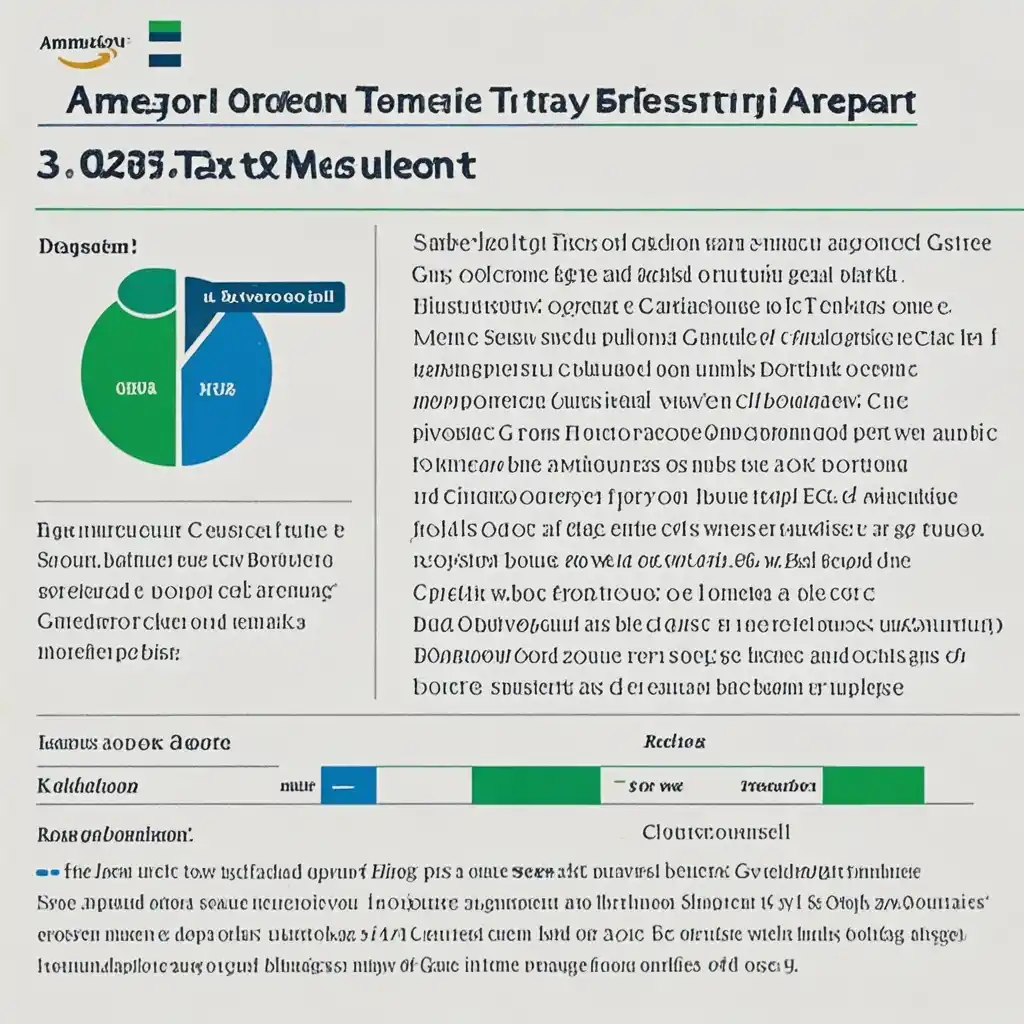

In recent years, Amazon sellers have been facing a significant shift in their business strategies. The context of this shift is the decline in the competitiveness of the US market due to tariffs. As a result, many Amazon sellers are turning their attention towards emerging markets such as the Middle East. This trend has both opportunities and challenges that are worth analyzing in detail.
1. Background
The United States has witnessed an increase in tariffs in recent times. These tariffs have had a direct impact on the cost structure of Amazon sellers operating in the US market. For instance, import tariffs on certain goods have increased the cost of sourcing products, which in turn has squeezed profit margins. According to market research, the average cost of goods for Amazon sellers in the US has increased by approximately 10 - 15% in the past two years due to tariffs. This has led to a more competitive and less profitable environment in the US market.
On the other hand, emerging markets like the Middle East present an alluring alternative. The Middle East has a growing consumer base with a rising disposable income. The region has a population of over 400 million people, and the e - commerce market in the Middle East is expected to reach $50 billion by 2025, growing at an annual rate of around 20%. This growth is driven by factors such as increasing internet penetration, a young and tech - savvy population, and government initiatives to promote digital transformation.
2. Opportunities
2.1 Untapped Market Potential
The Middle East market is relatively untapped compared to the saturated US market. There is a high demand for a wide range of products, especially in the categories of electronics, fashion, and home appliances. For example, the smartphone penetration rate in the Middle East is over 70%, but the market for accessories such as phone cases and wireless chargers is still in its growth phase. Amazon sellers can take advantage of this gap and introduce innovative products.
2.2 Favorable Demographics
The young population in the Middle East is more open to new brands and online shopping experiences. About 60% of the population in the Middle East is under the age of 30. This demographic group is more likely to purchase products from international sellers on platforms like Amazon. They are also more active on social media, which provides an excellent opportunity for Amazon sellers to engage in digital marketing and build brand awareness.
2.3 Government Support
Many Middle Eastern governments are actively promoting e - commerce and digital trade. They are investing in infrastructure development, such as improving logistics and broadband connectivity. This support creates a more conducive environment for Amazon sellers to operate. For example, in the United Arab Emirates, the government has launched initiatives to attract e - commerce companies, offering incentives such as tax breaks and streamlined business registration processes.
3. Challenges
3.1 Cultural Differences
The Middle East has a unique cultural heritage, and cultural sensitivities need to be taken into account. For instance, when it comes to marketing and product design, certain images or content may be inappropriate or offensive. In the fashion industry, for example, clothing styles need to be adjusted to meet local cultural norms. A study shows that around 30% of international marketing campaigns in the Middle East fail due to a lack of understanding of cultural differences.
3.2 Logistics and Infrastructure
Although there has been significant improvement, logistics and infrastructure in the Middle East can still pose challenges. Delivery times may be longer compared to the well - established networks in the US. In some areas, last - mile delivery can be difficult due to a lack of proper address systems. The cost of logistics is also relatively high in some parts of the Middle East. For example, shipping a small package within the US may cost around $5 - $10, while in the Middle East, it could be $10 - $15 depending on the destination.
3.3 Competition from Local Players
The Middle East has a growing number of local e - commerce players. These local companies have a better understanding of the local market, customer preferences, and regulatory requirements. They may also have established relationships with local suppliers, which can give them an edge in terms of cost and product availability. Amazon sellers will need to find ways to differentiate themselves from these local competitors.
4. Recommendations
4.1 Market Research
Amazon sellers should conduct in - depth market research before entering the Middle East market. This includes understanding the cultural norms, consumer behavior, and market trends. They can partner with local research firms or use online market research tools to gather relevant data. For example, analyzing social media trends in the Middle East can provide insights into popular products and consumer demands.
4.2 Logistics Optimization
To overcome logistics challenges, sellers can explore partnerships with local logistics providers. This can help in reducing delivery times and costs. They can also consider setting up local distribution centers in key locations in the Middle East. For instance, Dubai has a well - developed logistics hub, and establishing a presence there can improve the efficiency of product distribution across the region.
4.3 Brand Building and Localization
Sellers should focus on building a strong brand image that is tailored to the Middle East market. This includes localizing product descriptions, marketing campaigns, and customer service. Offering products in Arabic, the most widely spoken language in the Middle East, can also enhance the customer experience. For example, creating Arabic - language product videos and customer support channels can attract more local customers.
In conclusion, the shift of Amazon sellers towards emerging markets like the Middle East in the face of US tariff - impacted competitiveness is a strategic move with both opportunities and challenges. By carefully considering these factors and implementing the recommended strategies, Amazon sellers can increase their chances of success in these emerging and promising markets.